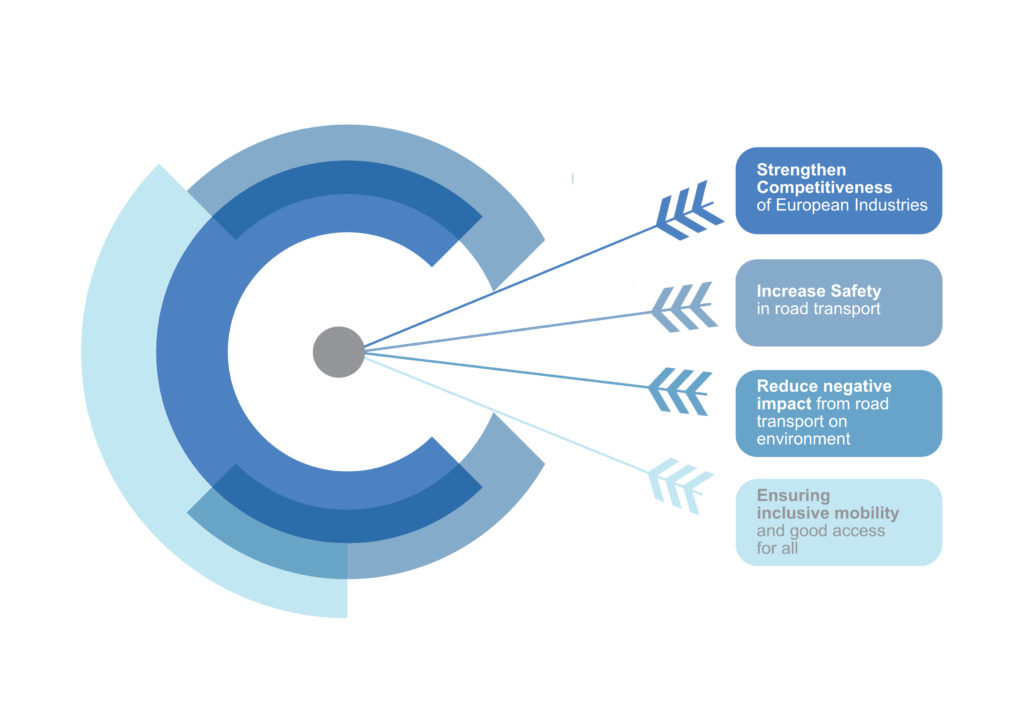The 23 June 2021 saw the officialization of the CCAM Partnership – co-Programmed with the European Commission in the Horizon Europe Framework thanks to the Memorandum of Understanding signature between the concerned parties.
CCAM Partnership’s role and ambition
- The goal of CCAM is to create a more user-centered and inclusive mobility system, increasing road safety while reducing congestion and environmental footprint.
- More collaborative research, testing and demonstration projects in order to accelerate the innovation pace and implementation of automated mobility.
- Working together at European level to help remove barriers and contribute to the acceptance and efficient rollout of automation technologies and services.

Why was the CCAM Partnership created?
CCAM has a great potential to contribute to key policy goals like the UN Sustainable Development Goals, Vision Zero, the European Green Deal, Europe fit for the Digital Age and the Smart and Sustainable Mobility Strategy. Despite all the expected positive impacts, deployment of CCAM solutions is not yet happening.
Why?
- Insufficient demand as society does not yet understand the potential benefits of CCAM enabled mobility. The long-term implications, benefits and impacts of integrating CCAM solutions into the mobility system are not sufficiently examined.
- CCAM solutions are not yet sufficiently mature for wide market take-up, and current investment levels in CCAM R&I are inadequate to maintain and extend EU industrial leadership.
- Current R&I efforts are fragmented and lack a coherent, longer-term vision and strategy for targeting systemic solutions.
- Demonstration and scale-up is limited, since a well organised, extensive and complex cross-sectorial value chain is still required to build complete CCAM solutions.
Addressing the four Problem Drivers in a coordinated and concentrated manner requires a shift in the mobility innovation process regarding user-involvement, timing and outreach. In the past, big innovations in vehicle technology like seat belts or airbags were introduced by industry as another component to the existing vehicle. After five to ten years of experience with the new technologies, technical standardisation (e.g. ISO standards) gave a thorough basis for developing regulations. Making CCAM solutions ready for deployment (Deployment Readiness) requires that R&I, standards and regulation advance in a synchronised way.
Europe needs a CCAM Partnership with clear objectives and effective coordination across research areas.
General objectives of the CCAM Partnership
- Increasing safety in road transport.
- Ensuring inclusive mobility and goods access for all.
- Strengthening competitiveness of European industries.
- Reducing negative impacts from road transport on environment.
- Capitalising knowledge to accelerate development and deployment of CCAM solutions.